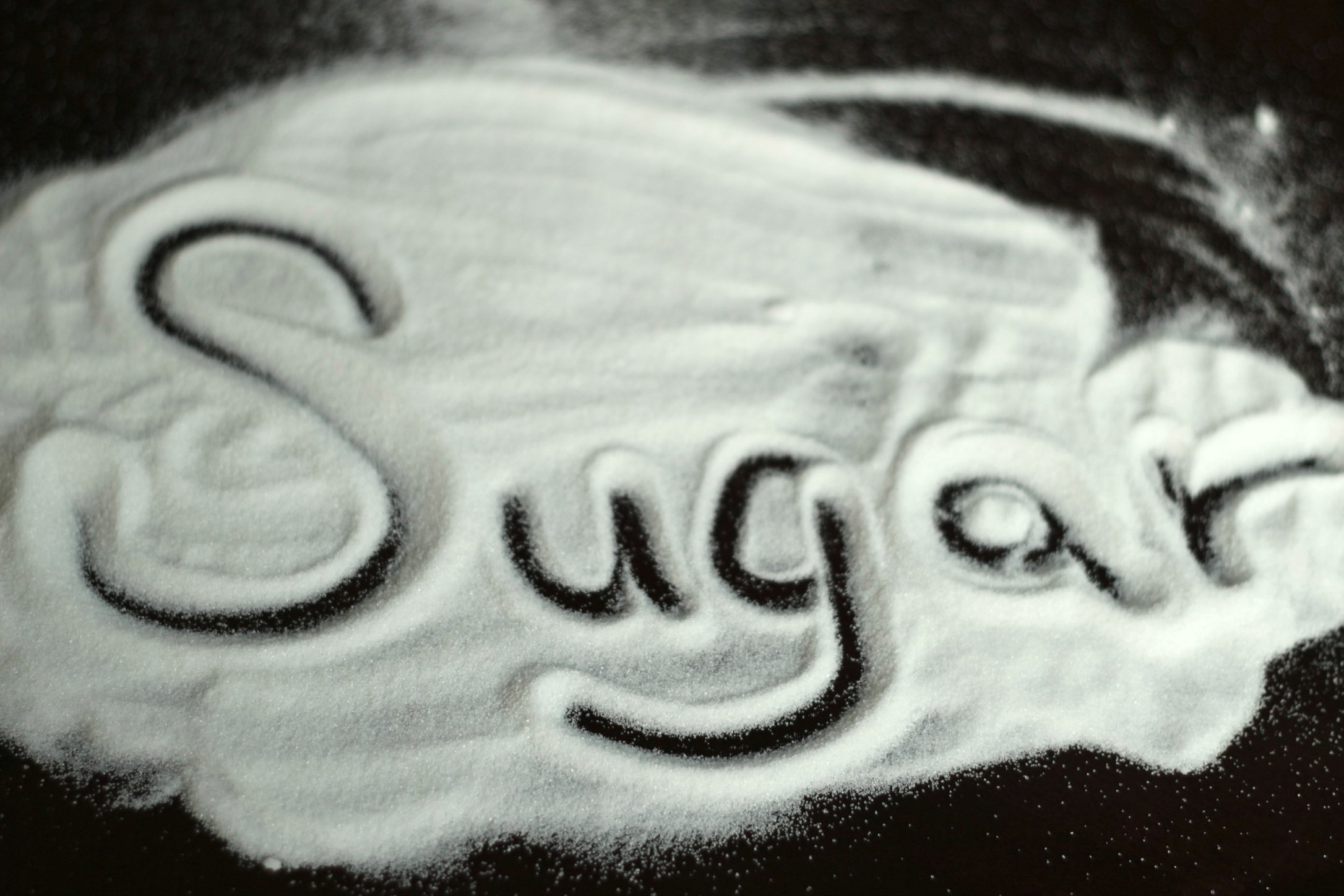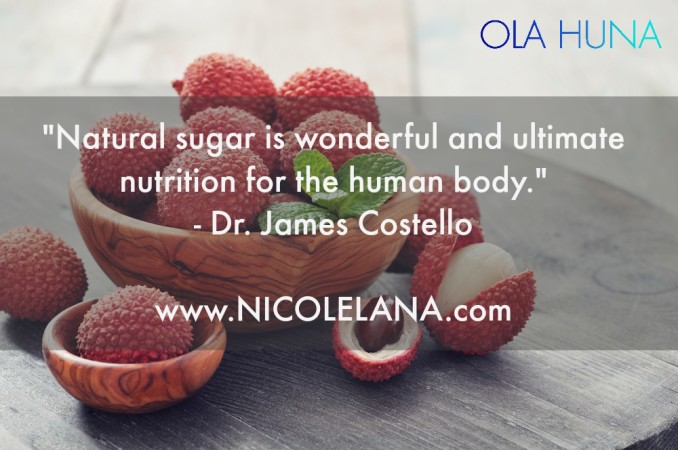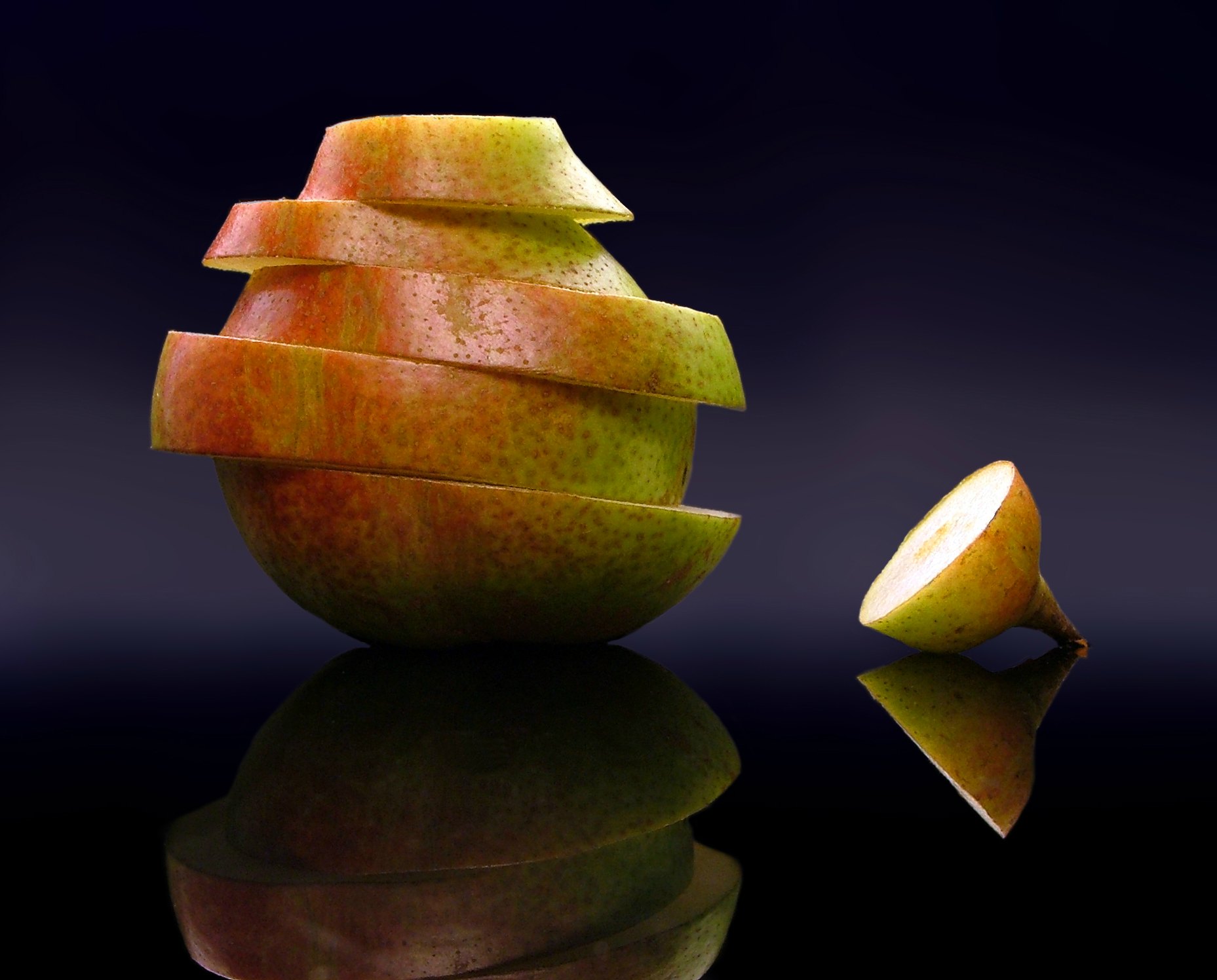
…And, we’re back. No, I haven’t forgotten about this series and the long-awaited Part 3 – that’s what today is for.
Over the past few months, we’ve covered topics many of you gym enthusiasts wonder about, from the benefits of soaked nuts, to why you aren’t what you eat, and the best source of protein for workout recovery.
We’ve established that digestion is the key to nutrition, and that whey protein can potentially cause accelerated aging.
If you missed any of that, check out Parts 1 and 2 right here. I have added two more series given popular request (and Dr. James Costello has too much to share!) You can sign up for updates to part 4 and 5 here.
What’s missing?
I hear “all salt is bad for you” “all sugar is evil” all the time. These statements used to make me feel oh-so-guilty about indulging in my favorite chocolate cake (until I found raw desserts 😀 ), and yes even fruit (Yes, I hear “eating fruit makes you fat!”) !
So are all salt and sugar really as bad as we make them to be?
Our interviewee, Dr. James Costello, returns today, in Part 3 of this series, with even more tips on why natural sugar and salt can be your friend – and we’ll leave the all-important ingredients to avoid when purchasing nutrition bars and “how to lose weight without counting calories” point to part 4 and 5.
To start off, let’s examine the different kinds of sugar and sugar substitutes.
Q: You use coconut flower sugar in your bars. How is that different from agave syrup, stevia, and sugar alcohol?
Dr. Costello: Let’s talk about sugar alcohol, agave, and stevia one by one.
Sugar alcohol
We don’t use sugar alcohols because your body does not recognize them. As a result, you don’t have the satiation response when you eat artificial sugar like malitol. When you eat fruit, which is high in natural fruit sugar, your body has a satiation response and you become full at a certain point.
As a matter of fact, there’s an association between artificial sugar and weight gain. If you look at studies, people who drink the most diet sodas tend to gain the most weight.
And all sweeteners can help maintain cravings for sweets, which doesn’t help if you want to cut down your sugar.
Agave
A friend of ours told us that agave, originally from the tequila industry, was accused of cutting the nectar with high fructose corn syrup. In addition, we found that the taste itself was not 3D.
Dr. Michael Greger has also talked about agave on his website, stating that it is not any more nutritious than white sugar.
Stevia
Stevia is a good alternative source of sweetener. However, stevia has a strong herbal taste.
Stevia is an herb, and all herbs contain very strong secondary plant characteristics. While herbs are powerful medicine, your body will tend to shut the herbs out if you consume more than the proper healing amounts.
This is why if you have too much stevia, it will taste medicinal. And if you have pure stevia white powder, it is virtually impossible to eat because the taste is not palatable.
Why Coconut Flower Sugar
Having explored all these options, we realize that coconut flower sugar, “Carazuc,” is best for our customers. Coconut flower sugar comes from the flower, and not from the coconut seed or pulp. The sugar is low on the GI index, extremely high in potassium, 1000x that of agave, and it tastes like caramel!
Q: Some people shy away from sugar. Can you comment if natural sugar is good or bad for us (and athletes)?
“Natural sugar is wonderful and ultimate nutrition for the human body. – Dr. James Costello”
Dr. Costello: Sugar has received a bad reputation given the Atkins movement. When people say no sugar, what they mean is no *refined* stuff like white bread and cookies. When natural sugars are highly heated and processed as a potato chip or a cookie, we get what people think of as “carbs” in a negative sense.
However, raw, organic, and natural complex starches are healthy for us.
Only plants synthesize carbohydrates (sugar). Complex sugars made by nature in plants are referred to as starches. In fact the name carbo- hydrate basically means “carbon = and water,” which is what plants make carbs out of, and which is all the waste product one is left with when one’s body uses them as fuel.
Natural sugar is “good,” because it provides us energy and fuel. Sugar is a water-based carbon entity that is a building block for the body (your liver) to make energy.
However, refined sugar, is not good, because it is highly processed, harder to break down, and has no nutritional value. It also causes a spike in blood sugar levels easily. For instance, high fructose corn syrup, originally derived from corn, has become a polysaccharide after heavy processing, which is harder to break down, can damage the liver, and easily be stored as fat in the body.
Natural sugar, however, contains fiber, vitamins, and phytochemicals which are all good for the body. Sugars from plants are closer to their whole food origins, which is easy for your body to recognize.
The best way is absorb carbs for your body is through fruit or plant sugar—natural, whole-food based carbs, instead of highly processed food-like carbs. The difference is night and day.
Q: Great, so we’ve talked about sugar. What about salt? Salt has received a bad rep and many bodybuilders and athletes shy away from sodium. What are your thoughts on that?
Why natural salt is critical to the body
Dr. Costello: Without salt, you don’t retain water properly. Sodium and chloride are critical to the human body. In some extreme cases, you need table salt to hydrate a person to prevent him/her from dying.
“Salt is life.”
Every cell in your body has to have proper amount of sodium or you will die. This is something very basic to human biochemistry, called the sodium potassium pump. If there’s an imbalance, cells start to malfunction.
And chloride, if you don’t have chlorides in your diet, you will be deficient in HCI and have weak stomach acid and poor digestion.
I was salt-free in the late 80s until a friend urged me to try sea salt. I saw my energy levels increase immediately. I went from “no salt” to “love-salt” over night. My blood pressure is the same as it was in high school: 110/70.
Which salt is best for you?
Now the key is to recognize the difference between table salt and natural salt like Himalayan and sea salt.
Table salt is *not* natural. It can cause cellulite. If you have too much table salt, it holds water in interstitial spaces, the empty spaces or gaps between cell structure in your body, causing cellulite. Table salt also causes damage to the kidney meridian in Chinese medicine so it is to be avoided. Himalayan salt’s biochemical makeup is completely different so we will address that below.
Sea salt is a great natural source of sodium. However, given ocean pollution these days, sea salt is usually bleached, and heated up to kill germs. If you notice, Celtic sea salt is grey, and this should be sea salt’s natural color. Most of today’s sea salt on the shelves is bleached which means that it has been high-heated, thus ruining some of the salt’s effectiveness. Since it is hard to determine the sourcing and processing of most sea salt, I believe Himalayan salt is a better choice.
Himalayan salt provides electrolytes to our body, helps us maintain our blood pressure and fluid balance, muscle contraction, and glucose absorption. According to a study by Fenestra Labs Study, Himalayan salt is shown to effective in helping to stabilize pH and oxidative stress numbers in the human body, as well as provide hydration. This is why we think Himalayan salt is the healthiest salt available.
Q: Great. So now let’s jump back into how to pick the best nutrition bars…
Dr. Costello: Next time, next time…
Coming Up Next
So this takes us to the end of part 3 on our interview with James.
But there’s more on the way.
In our last series, Part 4 and 5, we’ll talk about:
- 4 ingredients to avoid when purchasing nutrition bars
- 4 key points to look for when choosing a nutrition bar
- Why counting calories is an ineffective way to lose weight (Isn’t this a relief?)
- The rule to remember if you want to stay toned without counting calories
Stay tuned for the last 2 part of this series by signing up for updates here!
About Dr. Costello: Dr. James Costello is the Co-Founder of Stephen James Organics. Drs. Stephen and James Costello are brothers who share a passion: optimum health. The company started when Steve wanted to give his son healthy energy bars, but those available were either unhealthy, tasted terrible, or both. So, the brothers set to work on making their own, creating Stephen James Organics.







